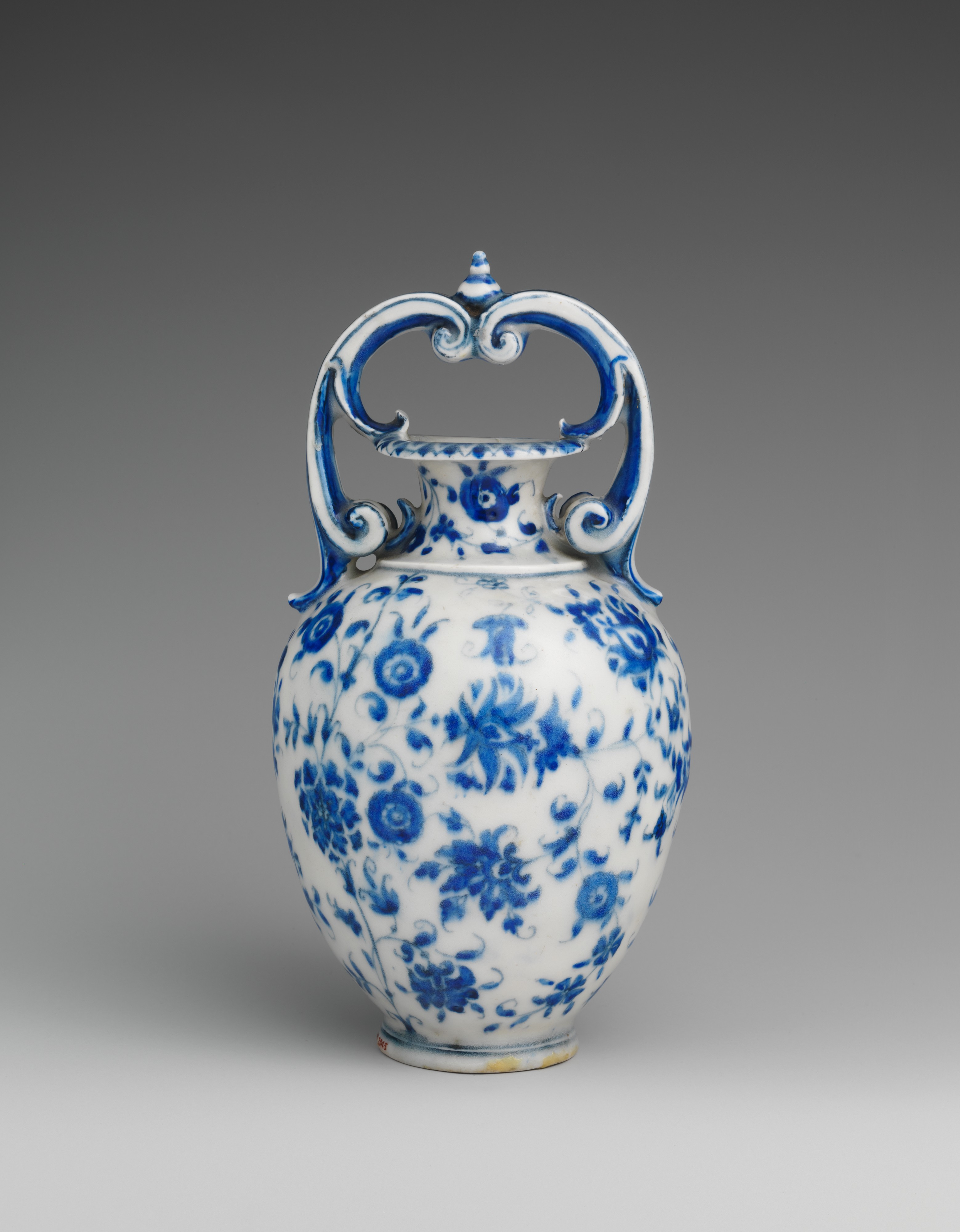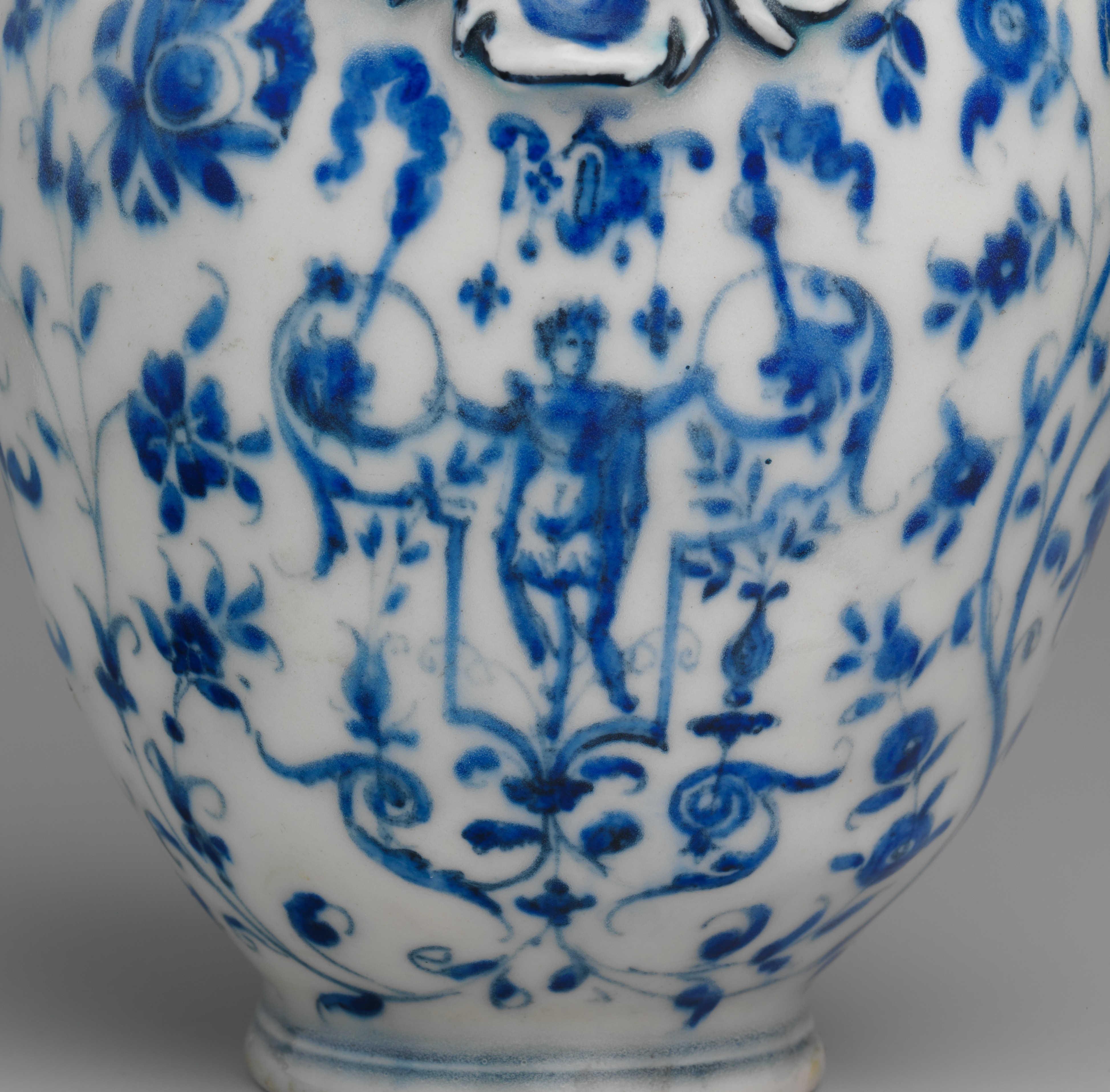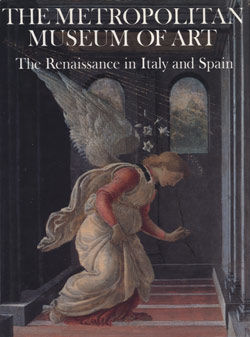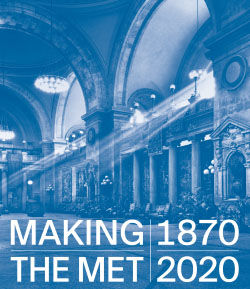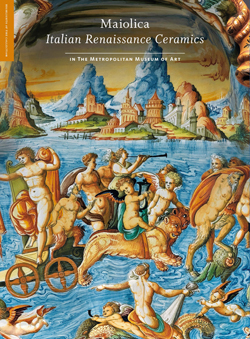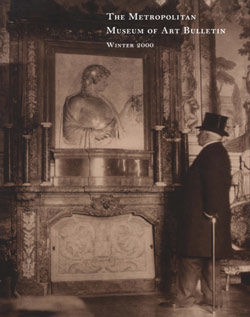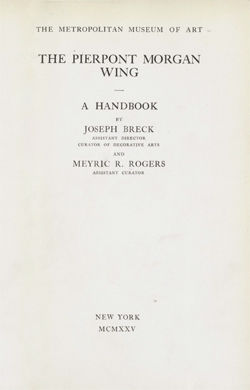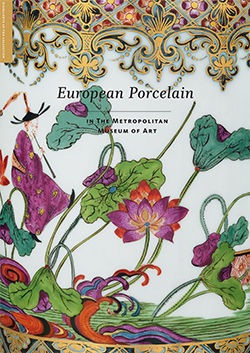Ewer (Brocca)
Manufactory Medici Porcelain Manufactory Italian
The first identifiable porcelain produced in Europe was made in the Medici court workshops in Florence in the late sixteenth century. Under the patronage of Francesco I de' Medici, Grand Duke of Tuscany, experiments began around 1574 to make porcelain in imitation of Chinese blue and white wares, which were highly prized in Europe. While Chinese and Ottoman ceramics influenced the decoration of Medici porcelain, many of the forms produced in the ducal workshop were indebted to contemporary hard-stone vessels or goldsmith's work, as in the case of this ewer. Approximately sixty of pieces of Medici porcelain are known to have survived.
Due to rights restrictions, this image cannot be enlarged, viewed at full screen, or downloaded.
This artwork is meant to be viewed from right to left. Scroll left to view more.


